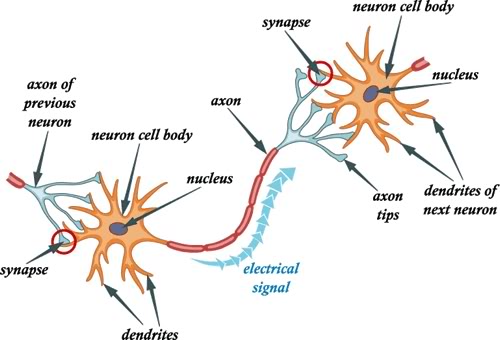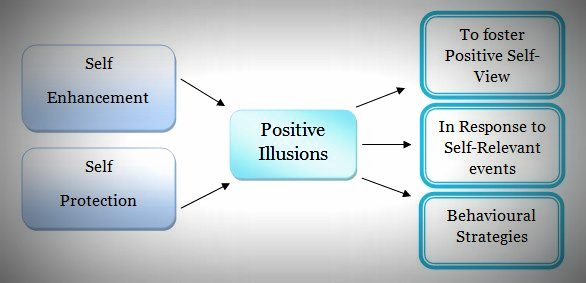I’m sure most of us are frustrated about littering in public places and often wish that some parents had put in more efforts in reinforcing cleanliness values in their kids. Not only does it ruin the mood but it also makes you feel bad about how your country is being portrayed to travelers from other countries. I’m from New Delhi, so yeah- loads of garbage and loads of foreigners and i don’t feel so happy with the impression they take with themselves of a ‘third world country’ and this bad impression only reinforces their stereotypes of the country-people. A third, and probably the most important reason why cleanliness behaviour should be increased is that garbage has detrimental environmental consequences and is as hazardous as it is polluting.
From what little I have learned so far in psychology, I realise that there are many techniques which can be applied to bring about changes. The easiest one is reinforcement.
One can be provided either an incentive to work for the cleanliness cause (positive reinforcement- where the probability of an action increase due to the consequence following the act) or one can be negatively reinforced (where the probability of an action decrease due to the consequence which might follow after the act).

In the above picture, any citizen gets a gift card for stopping a rule-breaking cop which is positive reinforcement- thus the likelihood of a person stopping a rule-breaking police-person will increase (positive reinforcement). Continue reading


